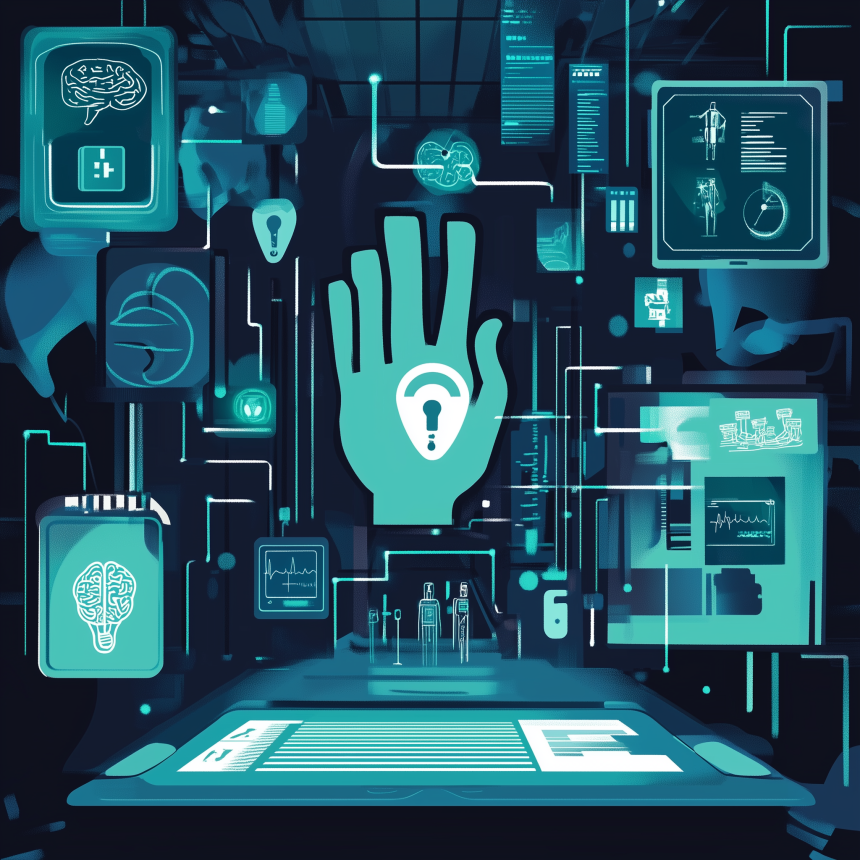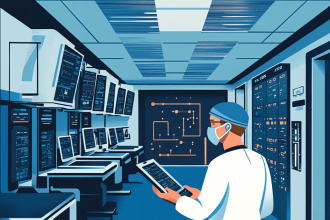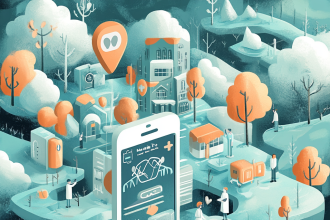As first reported by MSSP Alert, new data from Darktrace via Infosecurity Magazine reveals a sharp increase in cyberattacks against healthcare organizations throughout 2024, surpassing incidents in finance, energy, insurance, and telecom sectors.
With patient data being highly sensitive and healthcare infrastructure critical to national services, threat actors—both financially motivated and state-linked—have intensified efforts to breach these systems. Many attacks focused on early-stage intrusions rather than immediate ransomware deployment, signaling preparation for future, potentially more damaging cyber operations.
Phishing remains the primary attack vector, accounting for a significant share of breaches, with campaigns increasingly targeting high-level executives and decision-makers through highly personalized messages often impersonating trusted suppliers. This approach complicates detection and underscores the critical importance of strengthening vendor risk management and email security protocols to defend against deceptive attacks. Healthcare organizations face mounting pressure to enhance user awareness and implement layered defenses against these sophisticated social engineering tactics.
The growing digital ecosystem of healthcare, fueled by cloud adoption, third-party integrations, and the proliferation of Internet of Medical Things (IoMT) devices, expands the attack surface and creates new vulnerabilities. Incidents like malware found on a medical imaging device illustrate how attackers exploit clinical equipment to gain broader network access—not merely to steal data, but to establish footholds for future exploits.
This evolution highlights the urgent need for continuous, comprehensive monitoring of all connected systems to protect healthcare environments from increasingly complex cyber threats.





